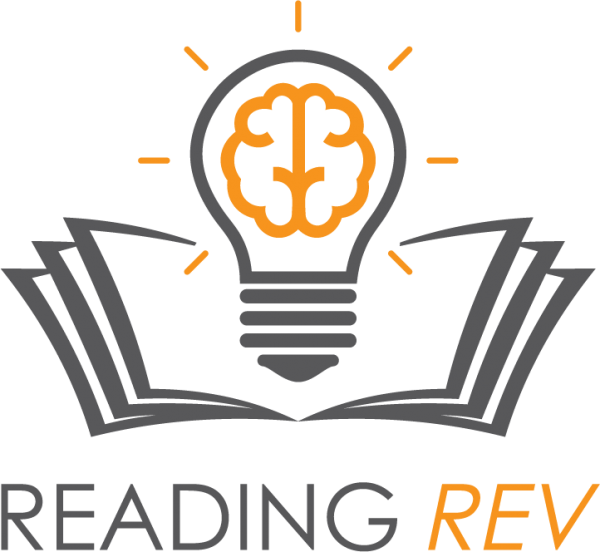Orchestrating Learning Magic with Frequency Bias
You know the moment when you test drive a new car and then you see that model on every road? Or, when you learn about an event in history and it is suddenly referenced in the next movie you see? This happened to me when I finally learned phonics as an adult. I suddenly saw spelling and syllable rules everywhere I looked. I was distracted by noticing how many things are at play in the English language that I simply never noticed before. It was like I cracked the code and saw words in a completely different way!
These experiences are known as the Baader-Meinhof Phenomenon or Frequency Bias (Illusion). It is when something that is recently learned suddenly appears ‘everywhere.’
The Frequency Illusion was coined by linguist Arnold Zwicky in a paper titled, "Why Are We So Illuded? Zwicky explained Frequency Illusion as first 'noticing' and then 'believing' something occurs often. Other psychological phenomenons also play a part.
Selective Attention is the brain’s ability to tune out non-relevant information. So, when something new is learned, it becomes relevant and suddenly gains our attention. Finally, humans love to confirm our own beliefs, knowledge, and suspicions. This constant attention to reinforce our own knowledge is called Confirmation Bias.
So, how are these psychological phenomenons relevant to education?
In order for students to really learn something, they must find it relevant or useful. How many times have you heard, “When am I ever going to use this in real life?” Maybe with younger children it is not a conscious question, but “what happens at the reading table, stays at the reading table” is the elementary version. How often have you been frustrated that your lessons do not transfer to your students’ independent work or output?
Frequency Bias can be a powerful learning tool! Help your child start “noticing” that what they learn is, indeed, in the real world! Not all children automatically have frequency bias, but those who do, gain quicker and more long-term learning. Our job is to help them see that what we teach is not contained within the four walls of the classroom!
Try these 3 things to increase Frequency Bias in your literacy instruction. Of course, they can be applied to other content as well. It is all about orchestrating ways for your student to first ‘notice’ and then ‘believe’ that what they are learning is valuable in real life.
1- Teach the Art of Noticing!
Are spelling rules or phonics patterns something that just happens during a mini-lesson Monday morning and on a test Friday? Start taking pictures of your students’ neighborhood surroundings. Have them notice and ‘see’ that the patterns that they are learning are utilized on their own street signs, in names of favorites stores, and even in their own names!
Use pop culture to your advantage. Pay attention to the current student craze. Phonetic patterns are there too! Attention suddenly perks when the words we are looking at concern YouTube, Roblox, or Among Us.
2- Become “In-the-Know”
While driving down a street in Denver, Colorado, I once saw a restaurant/bar called Sancho’s Broken Arrow. My 5th graders had just finished reading Don Quixote. You better believe that I drove around the block to take a picture.
They LOVED it because they understood the literary reference! I pointed out that this was “just another restaurant” to anyone who didn’t know about Don Quixote, but they did!
Show your student the literary technique of allusion. Let them see that what they read about is referenced in other books and movies all the time. They just never noticed it before because our brains have selective attention.
Show them that once they know the stories of our culture, they “get it” more often. How often is Tom Sawyer’s white-washing mentioned? Or, Harry Potter characters referenced? Show the movie clips! Play the twenty-second audio clip. Read the allusions. The impact is great.
3- Encourage and Celebrate Frequency Bias
Invite your students to share when they see the things they are learning in ‘real-life.’ Build the culture in your class where it is celebrated if a student has a connection to share. Have them bring in pictures, clips, and stories of when they discover real-life content.
Several years ago we had a comma contest where students took pictures of commas used ‘in the real world.’ Billboards, cereal boxes, commercials… anything counted.
The winning team had a waffle party, but what we really celebrated was that we had just created selective attention, confirmation bias, and the Baader-Meinhof Phenomenon. Strangely, commas are not just used in the grammar book and now students saw them everywhere!
Orchestrating these experiences for your students can be simple, and it does not need to take a ton of time, resources, or energy. Just be aware of the psychological phenomenons already at play and use them to your advantage. You will not be disappointed with the results!





